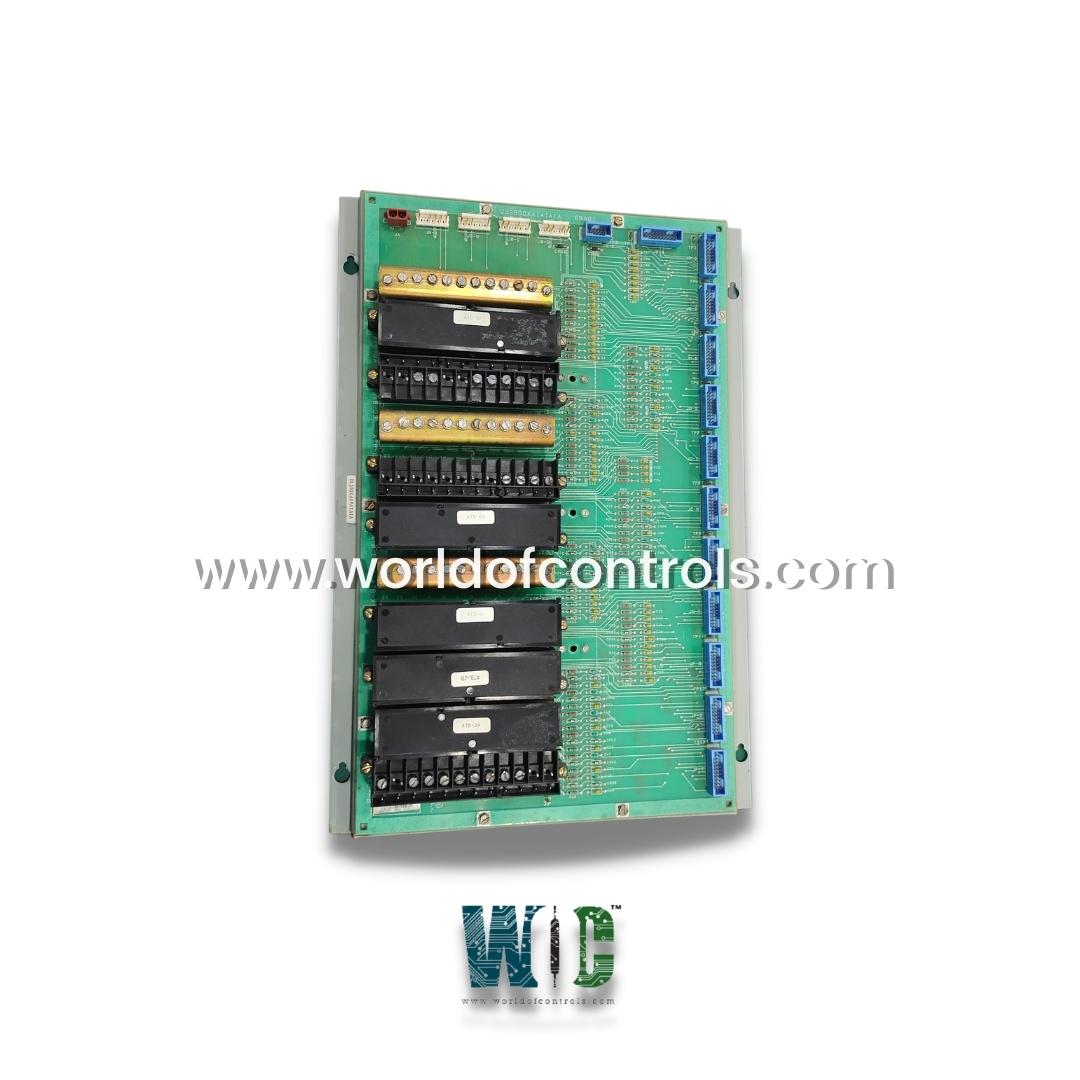
World Of Controls understands the criticality of your requirement and works towards reducing the lead time as much as possible.
DS3820AIPA1A - Analog I/O Module is available in stock which ships the same day.
DS3820AIPA1A - Analog I/O Module comes in UNUSED as well as REBUILT condition.
To avail our best deals for DS3820AIPA1A - Analog I/O Module, contact us and we will get back to you within 24 hours.
Part Number: DS3820AIPA1A
Manufacturer: General Electric
Series: Mark IV
Product Type: Analog I/O Module
Availability: In Stock
Dimensions: 19.2 cm x 23.3 cm
Weight: 0.25 kg
Repair: 5 - 7 Days
Country of Origin: USA
DS3820AIPA1A is an Analog I/O Module manufactured and designed by General Electric. It is a part of the Mark IV Series used in Speedtronic control systems. Analog I/O Modules support multiple input and output channels, allowing them to handle various analog signals simultaneously. Analog signals are susceptible to electrical noise and interference. To combat this, Analog I/O Modules include built-in filtering mechanisms.
WOC has the largest stock of GE Mark IV Speedtronic control system replacement parts. For pricing and availability on any parts and repairs, kindly get in touch with our team by phone or email.
What is DS3820AIPA1A?
It is an Analog I/O Module manufactured and designed by General Electric.
What type of connections does the module have?
One female terminal port with two apertures. Thirteen male connection terminals:
Twelve terminals with 20 metal pins each. One smaller terminal with 10 metal pins. Four white plastic male terminal ports, each containing 2 to 4 gold-colored metal pins.
Is adjusting Operator Interface control constants complicated?
Despite appearing complex, the adjustment process is intuitive and can be mastered in minutes. It is far simpler than older methods, which required Connecting jumper wires to digital voltmeters, Manually flipping potentiometers with a screwdriver, and Converting voltage readings into engineering units.